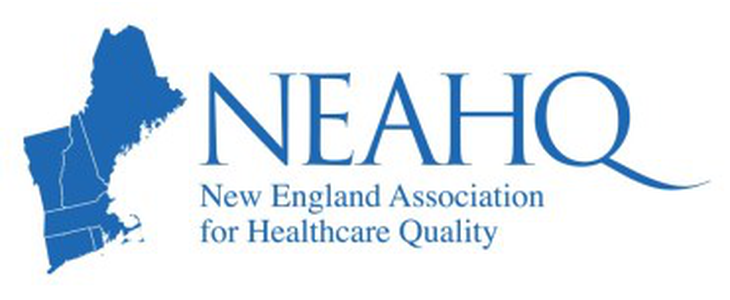The past few years have been busy ones for Joint Commission. In addition to yet another name change (they have scrapped “the” from their appellation, and are now known only as Joint Commission), the organization has revised their survey process to better align with CMS mandates including the removal of the “blackout date” process, stricter notification practices for healthcare organizations when surveyors present for unannounced surveys, and streamlining of the SAFER matrix (the “report card” that healthcare organizations receive from surveyors that lists necessary corrective actions needed to remain in compliance). If that weren’t enough, even more significant changes are in store for 2026.
January 2026 marks the inauguration of Accreditation 360: a series of significant changes designed to improve the survey process for both healthcare facilities and for Joint Commission surveyors. Some of the changes include consolidation of 2 chapters (Life Safety and Environment of Care) into one chapter called “Physical Environment.” The organization is also retooling the current National Patient Safety Goals chapter (originally designed to supplement the CMS Conditions of Participation and target high-risk practices like medication labeling and care for patients at risk for suicide) into a new chapter called “National Performance Goals.” While many of the current goals will remain in place under this new format, the National Performance Goals chapter will have more emphasis on leadership accountability and sustainability.
While these revisions primarily impact acute care and critical access hospitals, the stated intent of Joint Commission leadership is to eventually implement a similar model for other accreditation and certification programs. However, during a recent webinar a consultant reiterated the key takeaway from a Joint Commission leader who was asked about the Accreditation 360 process at a recent conference: “fundamentally, the survey process is not changing.”
This is understandably taken as whiplash by hospital regulatory leaders who are anxious about what these changes mean on a practical and logistical level. Indeed, many of the revisions taking place with respect to Joint Commission standards do not change the nature of what surveyors are looking for. For example, 2 current standards that concern utility systems for “critical” areas (e.g. rooms where sterile procedures are performed) and “non-critical” areas (e.g. standard patient rooms) will be combined into 1 standard that assesses whether utility systems are working as intended.
What contributes to anxiety, however, is whether or not this type of consolidation will make it easier for hospitals to receive “condition-level” findings (i.e. findings that impact the CMS Conditions of Participation) which are more serious and require more effort from healthcare facilities to correct. Additionally, these condition-level findings also involve a 45-day follow-up survey from local agencies, which only increases the stress regulatory leaders face to get back into compliance.
Ultimately, it will not be entirely clear- either to healthcare facilities or Joint Commission surveyors themselves- how these changes will work in action. With huge impacts to federal funding and administrative oversight in Washington D.C. looming over every corner of healthcare, morale is not exactly high. One regulatory leader I spoke to summarized this unease when discussing Accreditation 360: “it’s a fitting name, because we will likely go full circle on this and be back to where we started in no time.”















